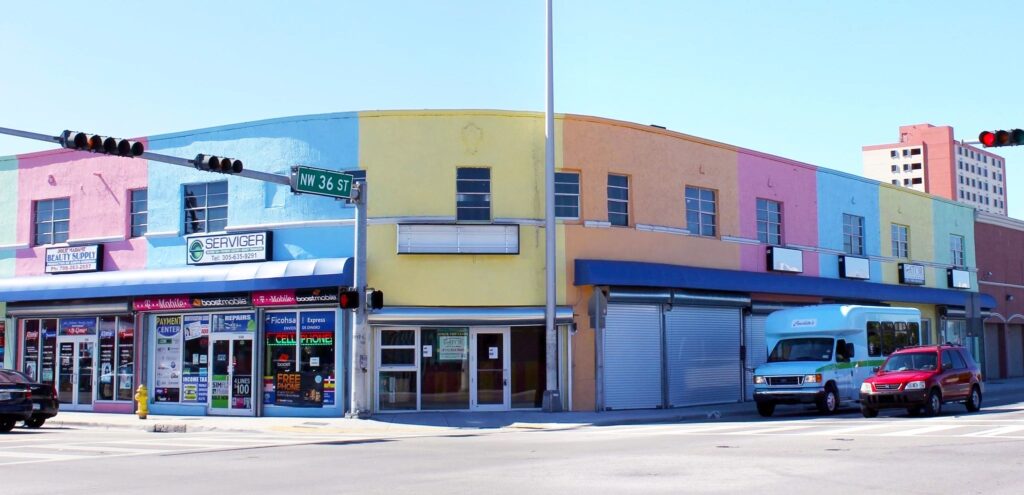
While some buildings are slated for complete transformation through adaptive reuse, others are protected exactly as they are for their historic significance. Every year, the National Trust for Historic Preservation creates a list of “endangered historic places” in the United States. The list has been developed since 1988 to draw attention to places in danger of being torn down or damaged.
You might expect this list to be only inclusive of grand designs or aesthetic masterpieces. However, some are humble in appearance but served as the setting for important historic events.
Two of the sites this year include historic Chinatowns dating back to the late 1800s in Philadelphia and Seattle. Both communities have been threatened by infrastructure and transit growth.
In Louisiana, St. John the Baptist Parish covers 11 miles and hosts 22 timber cabins built for enslaved people. It is threatened by the construction of a grain elevator that stores grain shipped down the Mississippi.
In Miami, Florida, Little Santo Domingo is a colorful commercial structure built in the 1920s threatened by gentrification.
The full list is available here (SOURCE). While they are spread across the country and unique in history, the common thread that unites them is the people connected to their legacies and the battle between progress and preservation.
“The most endangered historic places list looks like America”…the article says…”It tells our layered and interconnected stories…But there are common themes, like creativity and entrepreneurship, perseverance, cultural exchange.” (SOURCE).
As architects, we recognize the importance of both progress and preservation. Buildings are built to hold people, inclusive of their heritage, dreams, and goals.
